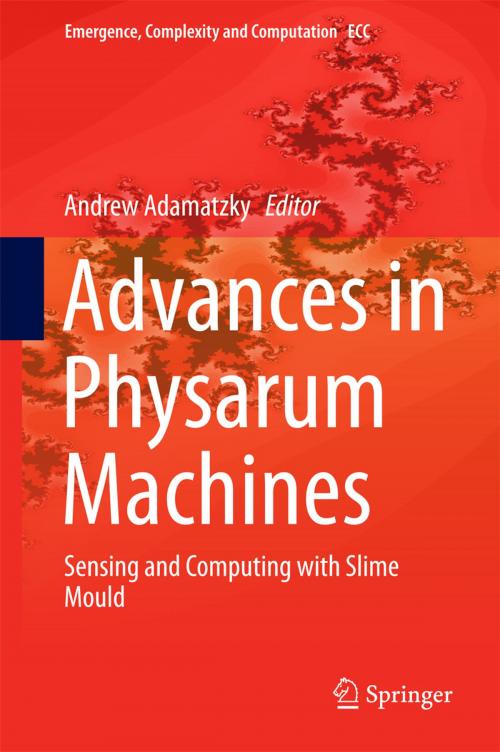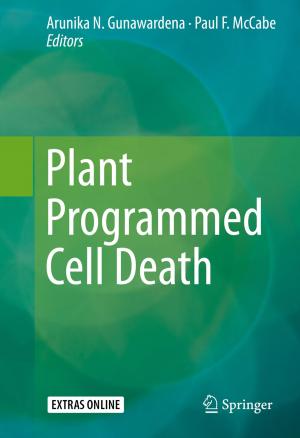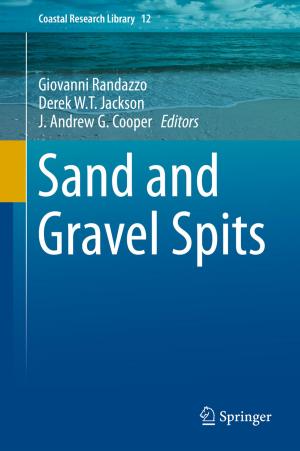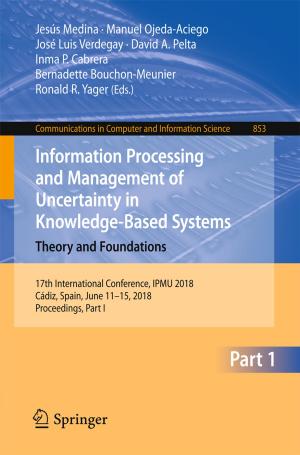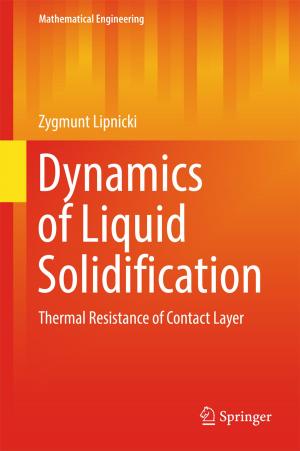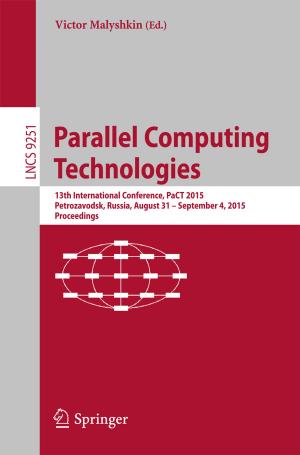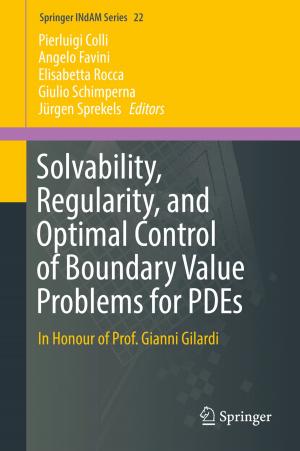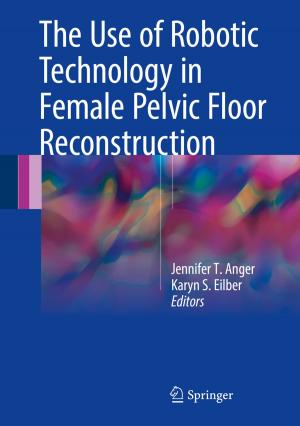Advances in Physarum Machines
Sensing and Computing with Slime Mould
Nonfiction, Computers, Advanced Computing, Artificial Intelligence, Science & Nature, Technology, Reference & Language, Reference| Author: | ISBN: | 9783319266626 | |
| Publisher: | Springer International Publishing | Publication: | January 9, 2016 |
| Imprint: | Springer | Language: | English |
| Author: | |
| ISBN: | 9783319266626 |
| Publisher: | Springer International Publishing |
| Publication: | January 9, 2016 |
| Imprint: | Springer |
| Language: | English |
This book is devoted to Slime mould Physarum polycephalum, which is a large single cell capable for distributed sensing, concurrent information processing, parallel computation and decentralized actuation. The ease of culturing and experimenting with Physarum makes this slime mould an ideal substrate for real-world implementations of unconventional sensing and computing devices
The book is a treatise of theoretical and experimental laboratory studies on sensing and computing properties of slime mould, and on the development of mathematical and logical theories of Physarum behavior.
It is shown how to make logical gates and circuits, electronic devices (memristors, diodes, transistors, wires, chemical and tactile sensors) with the slime mould. The book demonstrates how to modify properties of Physarum computing circuits with functional nano-particles and polymers, to interface the slime mould with field-programmable arrays, and to use Physarum as a controller of microbial fuel cells.
A unique multi-agent model of slime is shown to serve well as a software slime mould capable for solving problems of computational geometry and graph optimization. The multiagent model is complemented by cellular automata models with parallel accelerations. Presented mathematical models inspired by Physarum include non-quantum implementation of Shor's factorization, structural learning, computation of shortest path tree on dynamic graphs, supply chain network design, p-adic computing and syllogistic reasoning.
The book is a unique composition of vibrant and lavishly illustrated essays which will inspire scientists, engineers and artists to exploit natural phenomena in designs of future and emergent computing and sensing devices. It is a 'bible' of experimental computing with spatially extended living substrates, it spanstopics from biology of slime mould, to bio-sensing, to unconventional computing devices and robotics, non-classical logics and music and arts.
This book is devoted to Slime mould Physarum polycephalum, which is a large single cell capable for distributed sensing, concurrent information processing, parallel computation and decentralized actuation. The ease of culturing and experimenting with Physarum makes this slime mould an ideal substrate for real-world implementations of unconventional sensing and computing devices
The book is a treatise of theoretical and experimental laboratory studies on sensing and computing properties of slime mould, and on the development of mathematical and logical theories of Physarum behavior.
It is shown how to make logical gates and circuits, electronic devices (memristors, diodes, transistors, wires, chemical and tactile sensors) with the slime mould. The book demonstrates how to modify properties of Physarum computing circuits with functional nano-particles and polymers, to interface the slime mould with field-programmable arrays, and to use Physarum as a controller of microbial fuel cells.
A unique multi-agent model of slime is shown to serve well as a software slime mould capable for solving problems of computational geometry and graph optimization. The multiagent model is complemented by cellular automata models with parallel accelerations. Presented mathematical models inspired by Physarum include non-quantum implementation of Shor's factorization, structural learning, computation of shortest path tree on dynamic graphs, supply chain network design, p-adic computing and syllogistic reasoning.
The book is a unique composition of vibrant and lavishly illustrated essays which will inspire scientists, engineers and artists to exploit natural phenomena in designs of future and emergent computing and sensing devices. It is a 'bible' of experimental computing with spatially extended living substrates, it spanstopics from biology of slime mould, to bio-sensing, to unconventional computing devices and robotics, non-classical logics and music and arts.
